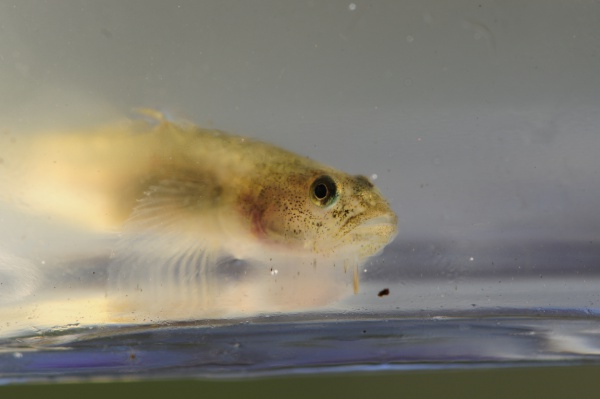Facts About Tidewater goby
The Northern tidewater goby, scientifically known as Eucyclogobius newberryi, is a diminutive fish indigenous to the lagoons of California's coastal streams. The name "Eucyclogobius" reflects its cycloid scales, while "newberryi" honors J. S. Newberry, an American geologist and explorer.
These small fish typically measure less than 5 cm in length and exhibit a mottled blend of gray, brown, or olive hues. During the breeding season, males darken, whereas females turn tan or reddish-brown.
Northern tidewater gobies thrive in cool, brackish waters with salinity levels below 10 parts per thousand, usually in lagoons where streams merge with the ocean. They prefer sandy bottoms near beds of emergent vegetation. Remarkably, male gobies excavate burrows in the sand and mud to create nests. Females then compete for these males and deposit their eggs in the burrows. The male remains to guard the eggs until they hatch.
These fish are found along the California coast from Del Norte County to San Diego County, although numerous populations have disappeared from some coastal regions. They are federally protected due to threats like wetland drainage and pollution. Despite these challenges, the Northern tidewater goby has demonstrated resilience, and efforts to restore their populations have achieved success.

 Canada
Canada